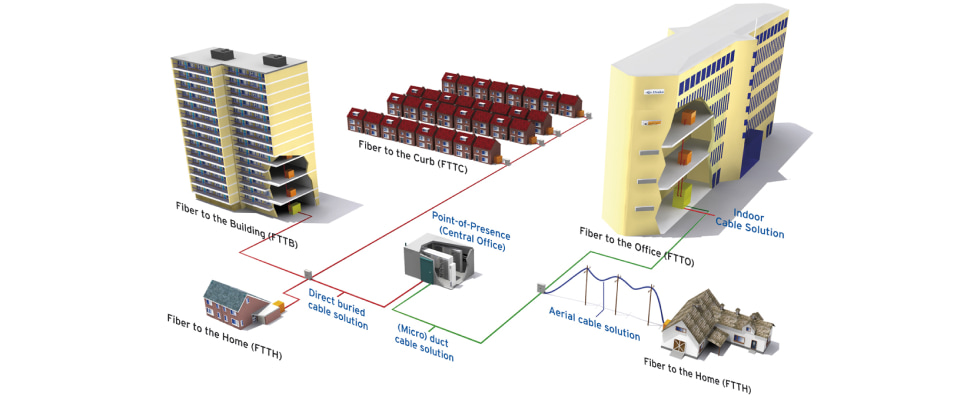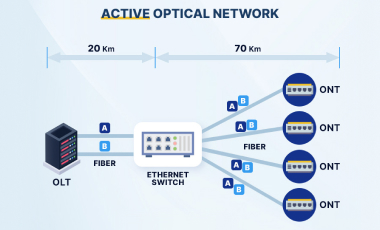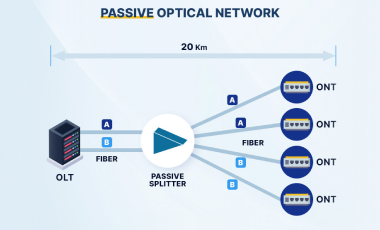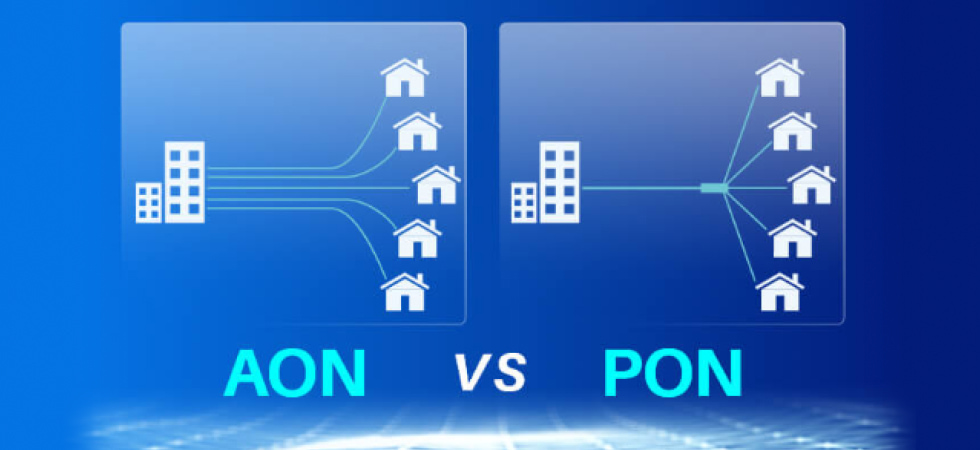FTTx: Comparison Analysis of Active and Passive Optical Networks
FTTx or "fiber to the X" technology adopts a completely new approach in delivering high-speed connectivity over optical fiber. In this piece, we'll look at FTTx configurations, exploring applications such as FTTH, FTTB, FTTN and FTTD, and look into the differences between active and passive optical networks (AON and PON).
Contents
What Is FTTx?
FTTx is an umbrella term for any broadband network architecture that uses optical fiber to provide all or part of the local connectivity used for last-mile telecommunications.
FTTx is a generic term for several fiber deployment configurations. The abbreviation stands for "Fiber to the X," where X is a point, such as your apartment, country house or office. In the market, the technology often goes by its simplified name "fiber optic."

- FTTH (Fiber to the Home) signifies a direct fiber optic connection to your residence or apartment;
- FTTB (Fiber to the Building) refers to a fiber optic cable that reaches the building and then branches out to individual homes using other technologies (Ethernet);
- FTTN (Fiber to the Node) means that the fiber optic signal is distributed at the network node;
- FTTD (Fiber to the Desktop) means that the signal is delivered directly to the subscriber's location (also referred to as FTTS, where the last letter denotes Subscriber)
Differences between Active and Passive Optical Networks
Optical networks are subdivided into two main categories: active optical networks (AON) and passive optical networks (PON).
Active Optical Networks

An AON is an active optical network with a point-to-point (PTP) network design in which each subscriber has their own fiber optic connection that terminates at an optical hub. An AON network includes electrically powered switching equipment, such as a router or switch aggregator, to control signal distribution and directional signals to specific subscribers.
AON networks' reliance on the Ethernet technology facilitates interoperability between providers. Subscribers may choose the hardware that delivers the right data rate and scale up as their needs grow without the need to redesign the network. However, the AON network requires at least one switch aggregator per each subscriber.
Passive Optical Networks

In contrast to AON networks, PON (passive optical networks) are point-to-multipoint network structures in which passive fiber-optic splitters are used to split and concentrate optical signals. Fiber splitters allow a PON network to provide service to multiple subscribers on a single optical fiber with no need to deploy dedicated fibers between the hub and the end users.
As the name suggests, a PON network doesn’t include electrically powered switching equipment and utilizes a shared fiber optic fiber connection for different sections of the network. Powered equipment is only required on the transmitting and the receiving ends of the network.
Takeaways
In summary, FTTx technology combines multiple fiber deployment methods such as FTTH, FTTB, FTTN , and FTTD to deliver fiber connectivity to homes, buildings, nodes, and even individual computers.

The essential difference between active optical networks (AON) and passive optical networks (PON) is of key importance. AONs utilize point-to-point architecture with equipment for individual subscribers, requiring power to manage the signal. Meanwhile, PONs employ passive optical switchgear in a point-to-multipoint design, allowing multiple subscribers to share a single fiber optic cable without power along the entire network.
The choice between AONs and PONs is critical to shaping the performance and resilience of today's broadband networks.
